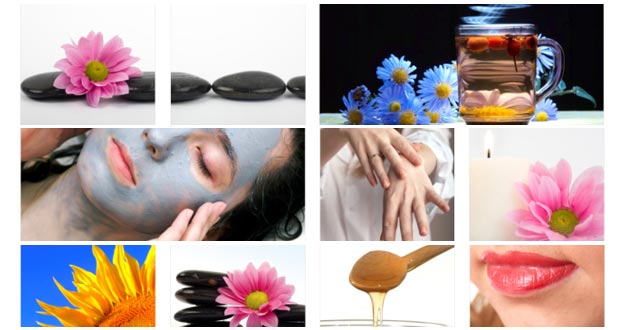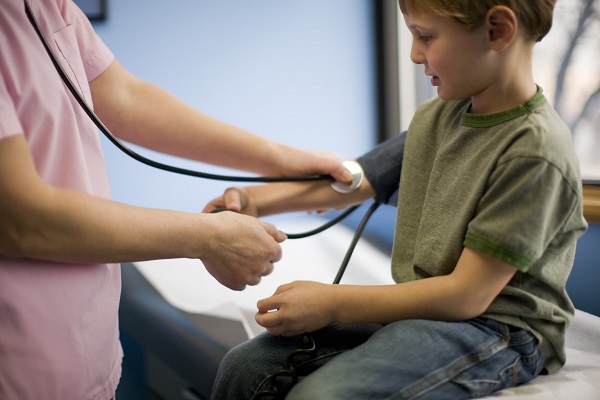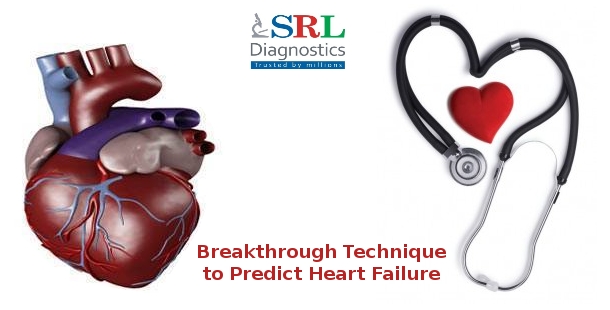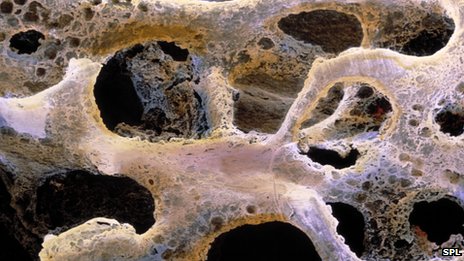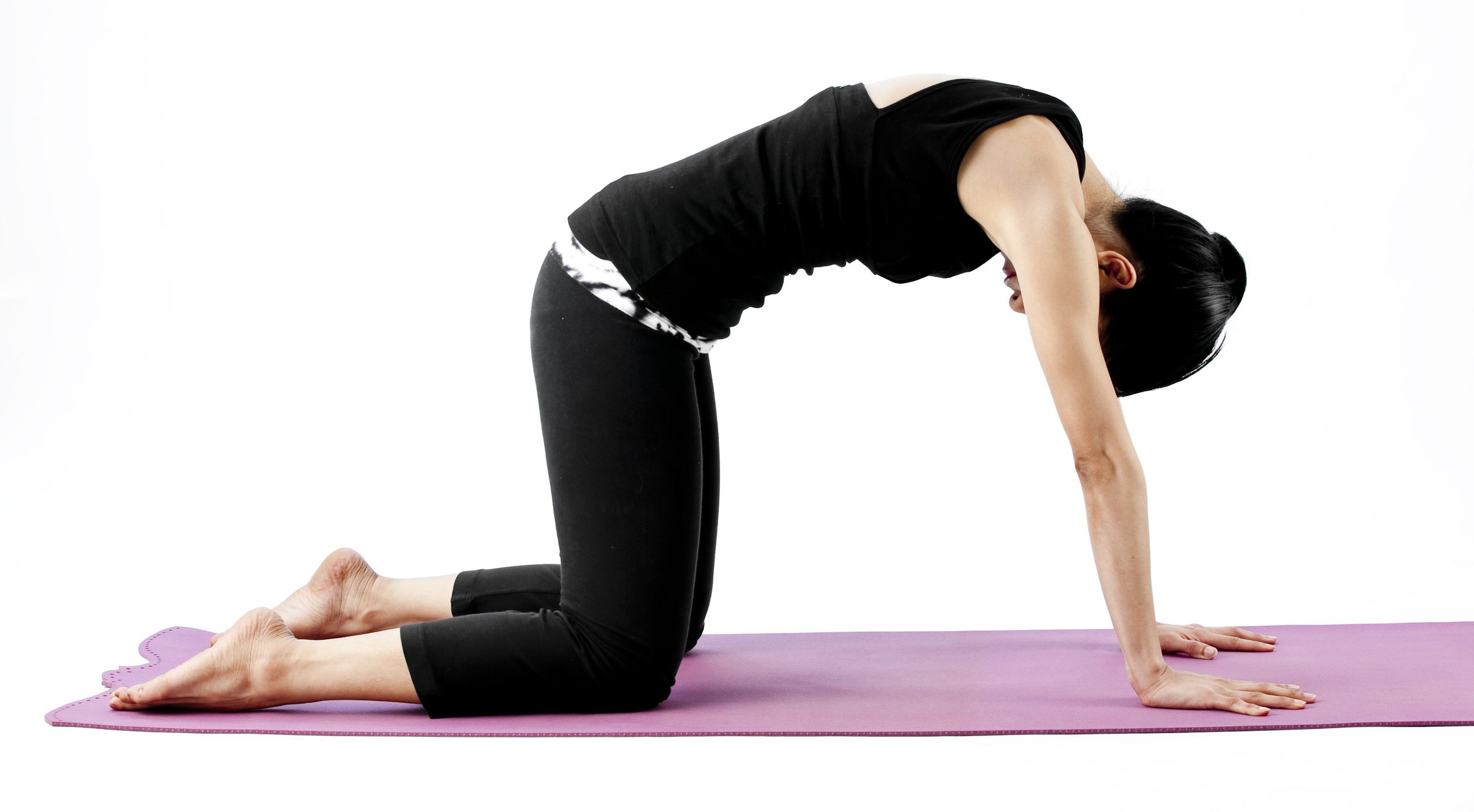Lip gloss, body lotion, shampoo… the list goes on! Most women use various cosmetic products every day to prep their skin. But are these chemical laden tubes good for our skin and hair in the long run? Nature has provided several products that have the ability to improve the condition of our skin and hair in a totally safe manner, free of chemicals. Here are a few natural alternatives to everyday cosmetics which will help you make the switch.
Coconut oil – Body lotion and anti-dandruff agent
With its composition of medium chain fatty acids, coconut oil is extremely effective at keeping skin healthy and free from dryness and wrinkles. Use it alone or in combination with some other oil or herb, for your skin or also hair – coconut oil works equally well. Because of its ability to penetrate deep into the hair shaft and also the skin, this oil acts from deep within to ensure conditioning and moisturising effects that last for long. Coconut oil is also a source of antioxidants such as vitamin E and so, using it regularly can also help prevent those wrinkles that appear on the skin with ageing.
Henna – Hair dye
Hair dyes work their magic instantly and this is what makes it tempting to reach out for one when you need to hide your greys and look your best. But most synthetic hair dye products contain chemicals called secondary amines or tar derivatives that have been linked to cancer. Switch over to a natural hair dye used since times immemorial – henna. Combine with sesame oil and curry leaves, or mix with beetroot juice, or add into a mix of curd, lemon juice and tea – whatever the shade you desire, henna can help you get it and in the process, also keep your body cool.
Turmeric (haldi) and fruits – Rejuvenating face pack
If you don’t have the time or motivation to head to a beauty parlour, the easiest way to get glowing skin on-the-go is to use a face pack. However, a commercial face pack is quite likely to contain chemicals – preservatives at the very least – that may not be good for you in the long run. Instead, make use of simple ingredients in your kitchen to rejuvenate your skin and give it a soft glow. Mix in some turmeric powder with a little curd and apply on your face. Or, mash ripe papaya fruit into a rough pulp and apply – this will also help reduce the appearance of black spots on the skin.
Aloe vera – Dry skin moisturiser
Moisturising creams for dry skin generally contain ingredients such as petrolatum that tend to be contaminated with harmful chemicals. Instead of taking the risk of these being absorbed into the body through the skin, opt for one of nature’s best skin moisturisers and softeners – aloe vera. Simply make a cut on the fleshy leaves of aloe vera plant, collect the gel that oozes out and apply to your skin.
Garlic and sandalwood (chandan) – Anti-acne effects
A natural powerhouse of antioxidants, garlic helps purify blood and this gives the skin a distinct glow. However, it can also be used directly on the skin for instantaneous relief from pimples. Just peel out the outer covering over garlic clove and rub the clove over the area where the pimple has sprouted. An alternative way to use garlic is to grind a few cloves and make into a paste using some curd; this face pack is effective in reducing acne.
Sandalwood is another excellent alternative to anti-acne creams and also has a moisturising effect. Mix a few drops of sandalwood oil with almond oil and massage this into the skin. Or you can add a few drops of the oil into boiling water and inhale the steam.
Make a paste by using one cup of curd, half a teaspoon of turmeric, a pinch of sandalwood powder and one teaspoon of sugar. Massage the paste on your face with gentle circular movements, leave on for half a minute and then remove by rinsing the face with cool water and pat dry.
Soap nuts (reetha) and shikakai – Gentle cleansing shampoo
Shampoos available in the market make use of chemicals such as sodium lauryl sulfate to produce foam that can cleanse dirt and grease from hair. But along with this, they also remove all oil from the scalp that is so essential to nourish your hair. A natural alternative that avoids such damage is soapnut or reetha in combination with shikakai. Mix equal quantities of soap nut and shikakai powders and make into a paste with warm water; wash hair using this paste. If you find your hair feels a bit too dry with this 1:1 proportion, experiment with lesser quantity of soapnut powder.
Pomegranate seeds (anar ke dane) – Natural lip colour
Exposure to the sun, smoking, dehydration and too much caffeine can darken your lips. But dark lips may also be a result of using lipstick daily for a prolonged time. The chemicals in it can cause this and you’ll need more lipstick to hide the darkness… the cycle goes on! Break this cycle and get back the natural pink of your lips with a scrub made from pomegranate seeds. Crush pomegranate seeds and mix in some milk cream; apply to your lips every day and your lips will be naturally red and full. You can also combine crushed pomegranate seeds with sugar and olive oil and use this paste to gently scrub your lips.
Whether it is a skin lightening cream, a hair dye, moisturiser, body lotion or any other cosmetic you need, there is a natural alternative available that is free from harmful chemicals, make use of them.
Source: the health site


